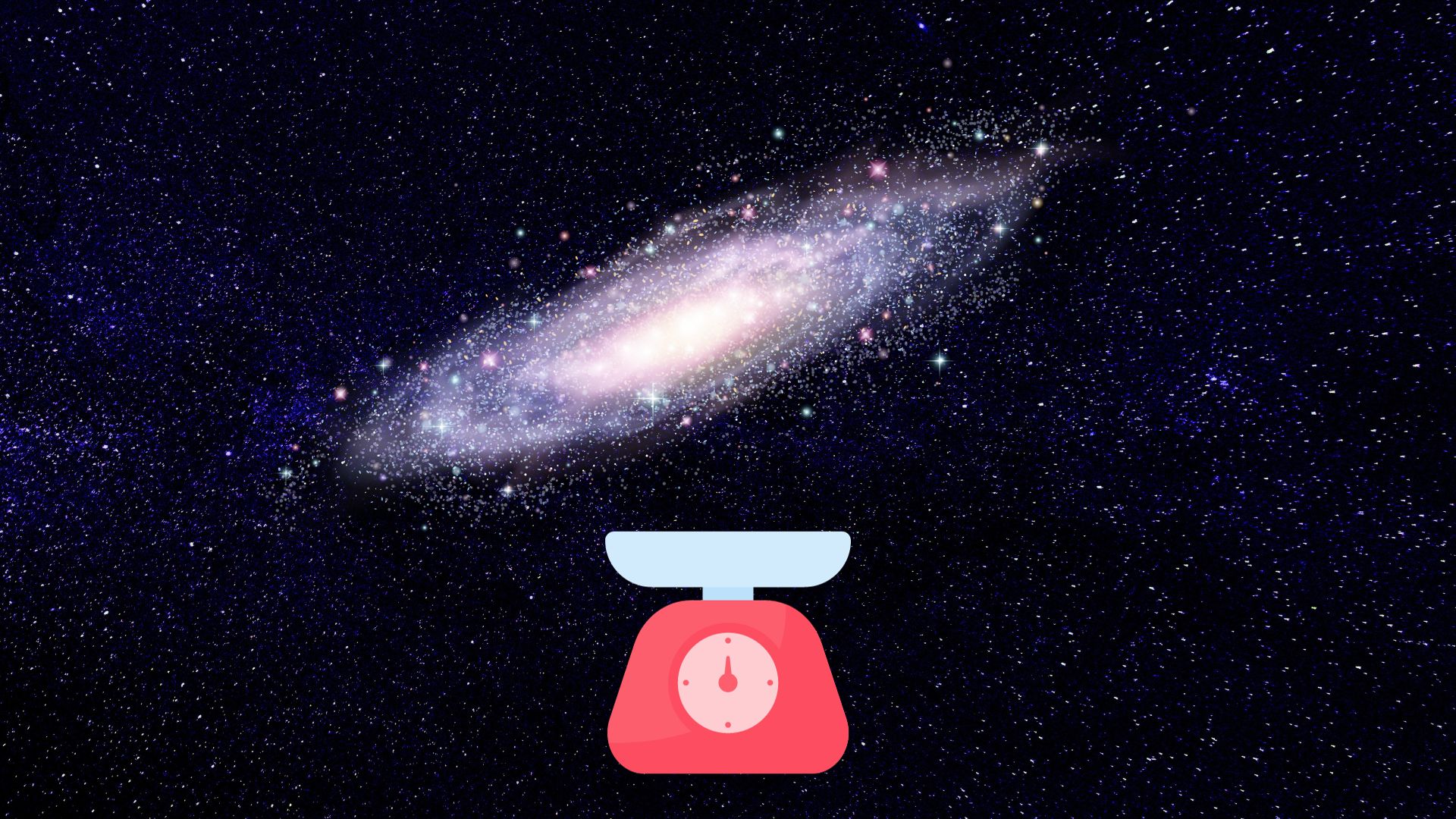A more accurate estimate of the mass of our Milky Way Galaxy has been obtained. Since we cannot weigh galaxies on a scale, how do we obtain this information?
💡 The answer in one sentence: Scientists can estimate a galaxy’s mass by observing its rotation curve, that is, the motion of its stars.
The Milky Way is light, much lighter than we thought. This amazing discovery was a topicstudy It was last published on September 27, 2023 in Astronomy and astrophysics. Its authors provide the most accurate measurement ever of the Milky Way. Its total mass is estimated at 200 billion times That the sun. Therefore, our galaxy will be 4 to 5 times lighter than previously estimated.
” The total mass of the Milky Way is estimated at only 2.06×10 [puissance] 11 solar masses. Therefore, it is re-evaluated downward, by a factor four to five times lower than the previous estimate of 10. [puissance] 12 solar masses », sums up the Paris Observatory In a press release. But how do we “weigh” the galaxy? Especially our Milky Way Galaxy?
We weigh galaxies using their stars
Obviously we cannot measure the weight of a galaxy on a scale, or place it next to another galaxy for comparison. Methods used to estimate the mass of other objects, such as moons, planets, or stars, depend on their gravitational interactions with other objects. When scientists tried to apply this method to galaxies, they got it Strange results – They have just put their finger on the dark matter hypothesis.
In order to “weigh” galaxies, scientists have to get creative. One way is monitoring Rotation curve The galaxy, i.e. the speed of the stars relative to the center of the galaxy. In this way we were able to estimate the mass of nearby galaxies, such as the Andromeda Galaxy (whose mass was shown to be at… Same order of magnitude from the Milky Way).

For the Milky Way, the problem: we’re in it
But for the Milky Way, measuring mass becomes complicated this way. “Given our location within the Milky Way itself, it’s very complicated.” It accurately distinguishes the movements and distances of the stars that make up its disk », according to the Paris Observatory. In other words, we are not in the best situation at all!
However, it is necessary to be able to accurately estimate the mass of our galaxy. Scientists need it For two reasons: to better understand where the Milky Way lies on the scale of the universe; Learn about the history of the Local Group of galaxies (a group of 60 galaxies, a kind of “big family” of which the Milky Way is a part).

the mission Gaia The European Space Agency (ESA), which was launched in 2013 and is still operational, has been a game-changer. It allows us to make significant progress in measuring the positions, distances and movements of stars. The latest estimate, which significantly reduces the Milky Way’s mass, was made using data from the third Gaia catalogue, published in 2022. It is this data that has enabled the construction of an extremely precise rotation curve for the Milky Way (the most accurate ever for a spiral galaxy), Finally arriving at a new, more accurate estimate of its mass. The quest to weigh the Milky Way continues.

“Hardcore beer fanatic. Falls down a lot. Professional coffee fan. Music ninja.”






More Stories
SALES / PHOTO SALES – Nikon D850 “5 Star” Bare Body Photo Body at €2,539.00
Discovering a new turning point under the Antarctic ice sheet! What are the consequences?
Record number for an insect!